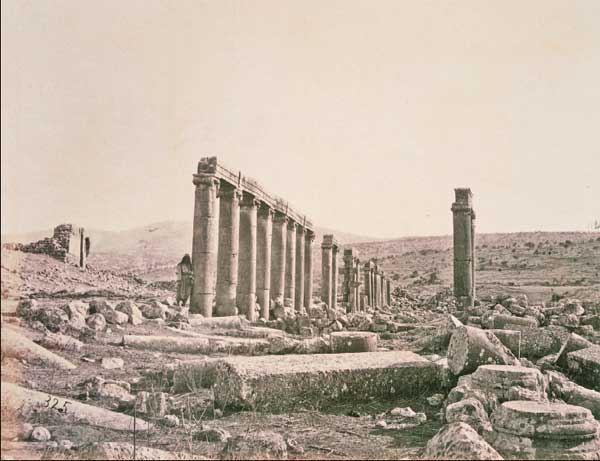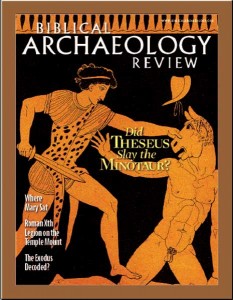Past Perfect: An American in Gilead

In 1900, American schoolteacher Elmer U. Hoenshel traveled to Palestine and Jordan without any organized tour or group. He had only the company of a hired dragoman, William Barakat, to whom he dedicates his book, and a muleteer. Hoenshel, very knowledgeable about the Holy Land, including its history and geography, kept a journal that he later put down in book form for publication. The following excerpt from his book, My Three Days in Gilead (published in 1909), recounts his impressions of the ancient city of Gerasa—modern-day Jerash, Jordan— one of the cities of the Roman Decapolis, a stronghold for the Jews before the Jewish Revolt of 66–70 A.D. and an important center for early Christianity. Hoenshel looked upon the ruins 25 years before their restoration.
Gerasa was one of the chief cities of the Decapolis, and was situated twenty miles east of the Jordan on one of the northern tributaries of the Jabbok. [19th-century naturalist and Bible scholar Henry B.] Tristram considers it to-day as “probably the most perfect Roman city left above ground.” In the beginning of the thirteenth century a German traveler visited it; the magnificent ruins of the place amazed him. The same ruins today, or some of them, strike the comparatively few visitors with awe at the thought of the riches, the gayety, and the power that once reigned here on the border of the desert.
Already a library member? Log in here.
Institution user? Log in with your IP address.

